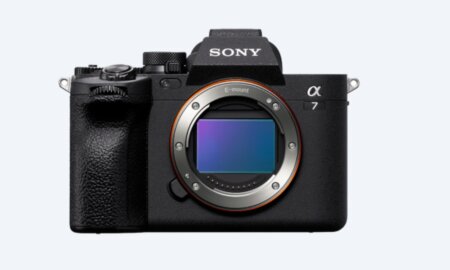For functional parts where strength and durability are required, Nylon is a better choice than ABS, PLA and PETG. It is ideal for lightweight, heavy-duty items like cog wheels or car parts.
This material extrudes at temperatures between 220-265 oC, which is quite similar to ABS and is chemically resistant to oils and fuels, gasoline, mineral spirits, and some alcohols.
It is also prone to warping like ABS, which can be reduced or prevented by using a heated bed and enclosures to slow heat loss during printing. Another disadvantage of nylon is its hygroscopic nature due to a higher water absorption rate than other materials. However, some forums commented that water absorption helps to make it less stiff and more impact-resistant, which could be a good thing.
Nylon filaments are typically white or black, and the surface of nylon print usually are rougher than PLA.
Below is a summary of the three commonly used plastic materials for functional parts and prototypes for comparison.
| Tech Specs | ABS | Nylon 12, 11 and 6 | PC |
| Chemical Name | Acrylonitrile Butadiene Styrene | Polyamides | Polycarbonate |
| Advantages | Low cost. Heat and impact resistant. More chemical-resistant than PLA. | Good wear resistance. It can be drilled or tapped. Lightweight. Strong and durable. Resist breaking. Not brittle. | Rigid. Bend without Breaking. Impact, heat, fatigue, and wear resistance. It can reinforce with fibres. |
| Disadvantages | Prone to warping. It may shrink when cool. Emit toxic fumes (Styrene). | Hygroscopic. Prone to warping. | Sensitive to Scratches. Can expand. |
| Appearance | Opaque, matte. | Opaque, matte/textured/rough. | Opaque/ transparent (coloured), smooth |
| Chemical Resistance | Some acids and alcohols, UV, Salt | Generally chemically resistant to oils and fuels, gasoline, mineral spirits, and some alcohols | Mineral acids, many organic acids, oxidizing and reducing agents, neutral and acid salt solutions, many greases, waxes and oils, saturated, aliphatic and cycloaliphatic hydrocarbons and alcohols, except methyl alcohol. |
| Fumes Emission | Toxic styrene | Toxic, styrene, caprolactam. | BPA? |
| Food Safe | No | Yes, if certified. | Yes, if certified. |
| Water Absorption | 0.20% | 0.8-2.3% | 0.23% |
| Uses | Cheap, low-strength functional parts. Prototyping. | All uses include functional moving parts like gears, hinges, clips, pulleys, and wearing plates. | Protection screens, eye protection, helmet, bottles. |
| Strength | Medium | High | High |
| Density kg/m3 | 1010 | 1020 | 1180-1200 |
| Melting Point | 200°C | PA11: 180°C PA12: 180°C PA6: 220°C | 265°C |
| Glass Transition | 105°C | PA11: 42°C PA12: 48.8°C PA6: 47°C | 145°C |
| Flexibility | Medium | High | High |
| Durability | High | High | High |
| Ease of Printing | Medium | Medium | Medium |
| Typical Print Speed Range (machine dependent) | 30-90mm/s | 30-70mm/s | 20-30mm/s |
| Heated Bed | 50-110 oC | 50-100 oC | 80-120 oC |
| Extruder Temperature | 210-250 oC | 220-265 oC | 270-310 oC |
| Cooling Method | Not required | Not required | Not required |
| Enclosure Required | Recommended | Recommended | Recommended |
| Ventilation Required | Yes | Yes | |
| Build Surface | ABS Slurry. Kapton tape. | PEI sheet. Glue Stick. | PEI sheet. Glue Stick. Adhesive. |




